In Our Waters: Part II by Ross Peterson
Forage fish are the foundation of our marine food web. With Pacific sand lance, surf smelt and Pacific herring, these little fish support many of the more obvious icons that we associate with our coast, such as rock fish, salmon, seals and Orcas. Forage fish create the richness of species needed to keep our Salish Sea healthy.
Surf smelt spawn in the sand and gravel beaches that many of us walk along every day, and yet few of us have seen these fish. These secretive species spawn at night, when we can’t see them, and they leave no visible evidence that they have even been there.
With their hidden lives, finding the exact beaches where these forage fish live takes a lot of work. Volunteer organizations, such as the Mid Vancouver Island Habitat Enhancement Society and Qualicum Beach Streamkeepers, conduct surveys of the beaches in winter months when the fish spawn. They take measurements and remove sand and gravel samples for microscopic examination to find the tiny eggs from spawning. This work is showing that most beaches in this area are likely used by sand lance and surf smelt.

But this puts important spawning habitat close to where we live and often in conflict with what we build. Seawalls in particular are a threat to forage fish, as they alter marine currents and change the composition of the sea bed – to the detriment of spawning forage fish.
Pacific herring, on the other hand, are highly visible to us, particularly during spawning. Herring spawn in the spring, laying eggs in the intertidal and subtidal zones along much of our coast. Eggs are attached to marine vegetation, where they attract predators, including people who for centuries have enjoyed “roe on kelp”. Other animals have learned to take advantage of this short-termed offering, with seals, sea lions, bald eagles, gulls and other birds enjoying a feeding frenzy of both the herring spawners and their exposed eggs. The animals aren’t alone, as the commercial herring fleet goes into its own kind of feeding frenzy.
Many biologists consider the Pacific herring as the singular fish species that drives the northern ocean ecosystem. Herring are so rich with protein and essential oils that if predators are denied herring, they can suffer from nutritional deficit. For example, there is evidence that with ocean warming, more southern fish species are moving into the north Pacific, displacing native herring stocks. Animals accustomed to herring are now eating more of these “junk food” fish and starving with a full stomach.
No one knows if this will happen in the Salish Sea, but the prudent thing to do is prepare for change.
Our coast is host to some amazing plants and animals, but perhaps none as important as the often ignored and very vulnerable forage fish species. When you look out at the Salish Sea, remember the little guys, and that from sand grain to salmon, it’s all connected.
Forage fish are the foundation of our marine food web. With Pacific sand lance, surf smelt and Pacific herring, these little fish support many of the more obvious icons that we associate with our coast, such as rock fish, salmon, seals and Orcas. Forage fish create the richness of species needed to keep our Salish Sea healthy.
Surf smelt spawn in the sand and gravel beaches that many of us walk along every day, and yet few of us have seen these fish. These secretive species spawn at night, when we can’t see them, and they leave no visible evidence that they have even been there.
With their hidden lives, finding the exact beaches where these forage fish live takes a lot of work. Volunteer organizations, such as the Mid Vancouver Island Habitat Enhancement Society and Qualicum Beach Streamkeepers, conduct surveys of the beaches in winter months when the fish spawn. They take measurements and remove sand and gravel samples for microscopic examination to find the tiny eggs from spawning. This work is showing that most beaches in this area are likely used by sand lance and surf smelt.
But this puts important spawning habitat close to where we live and often in conflict with what we build. Seawalls in particular are a threat to forage fish, as they alter marine currents and change the composition of the sea bed – to the detriment of spawning forage fish.
Pacific herring, on the other hand, are highly visible to us, particularly during spawning. Herring spawn in the spring, laying eggs in the intertidal and subtidal zones along much of our coast. Eggs are attached to marine vegetation, where they attract predators, including people who for centuries have enjoyed “roe on kelp”. Other animals have learned to take advantage of this short-termed offering, with seals, sea lions, bald eagles, gulls and other birds enjoying a feeding frenzy of both the herring spawners and their exposed eggs. The animals aren’t alone, as the commercial herring fleet goes into its own kind of feeding frenzy.
Many biologists consider the Pacific herring as the singular fish species that drives the northern ocean ecosystem. Herring are so rich with protein and essential oils that if predators are denied herring, they can suffer from nutritional deficit. For example, there is evidence that with ocean warming, more southern fish species are moving into the north Pacific, displacing native herring stocks. Animals accustomed to herring are now eating more of these “junk food” fish and starving with a full stomach.
No one knows if this will happen in the Salish Sea, but the prudent thing to do is prepare for change.
Our coast is host to some amazing plants and animals, but perhaps none as important as the often ignored and very vulnerable forage fish species. When you look out at the Salish Sea, remember the little guys, and that from sand grain to salmon, it’s all connected.

